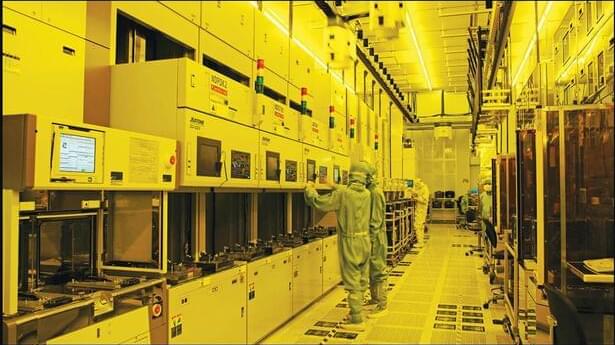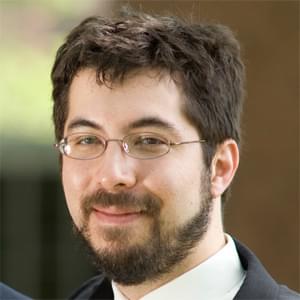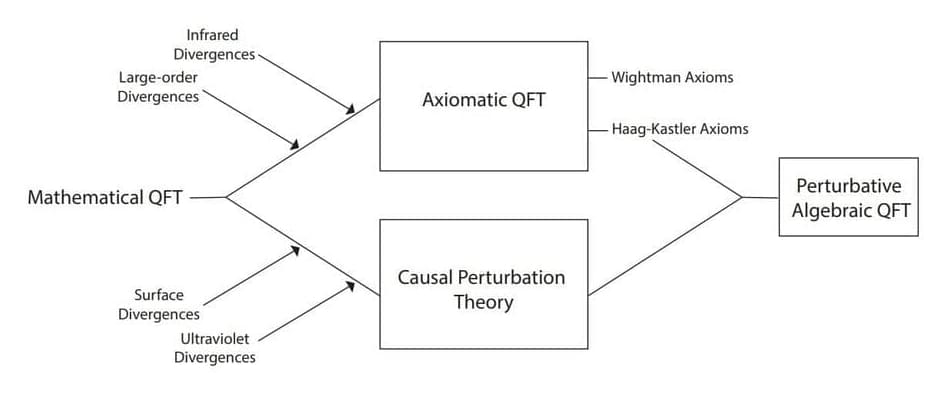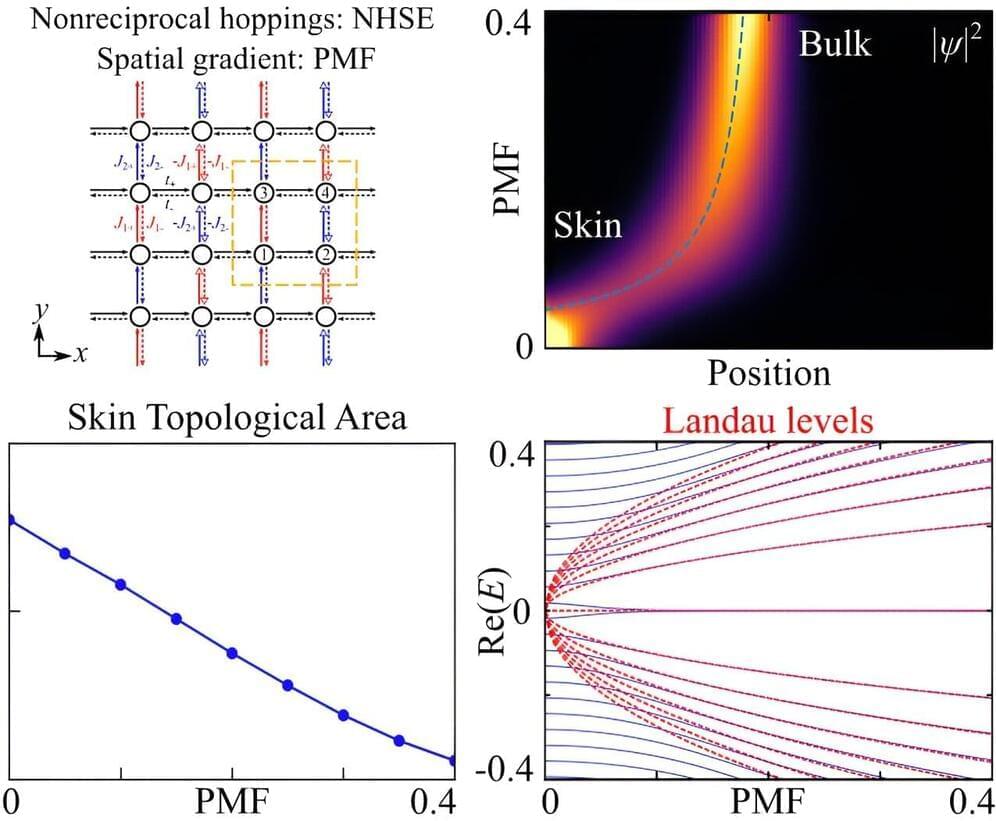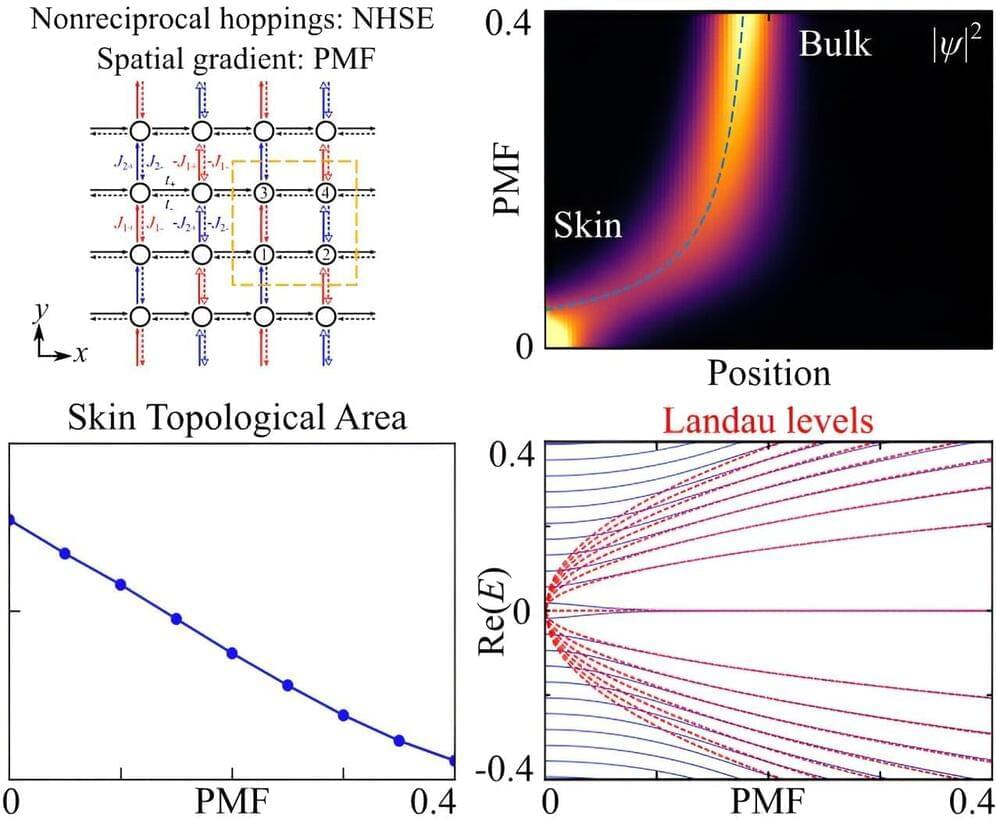May 17, 2024
TMSC Announces Low-Power N4e Node, Says It’s Boosting Specialty Nodes by 50%
Posted by Shailesh Prasad in categories: business, energy
It’s unclear what customers or applications might be earmarked for this node, but it’s possible it could be dedicated to IoT and other consumer devices that need to sip power. Typically, these applications use legacy nodes as it would be too expensive to use advanced processes for inexpensive devices, but TSMC is planning for the future since this effort won’t be realized until 2029 or so.
TSMC’s Dr. Kevin Zhang, senior vice president of business development and overseas Operations, says the company has already started building Greenfield, but he didn’t indicate where it’s located. He says the rapid deployment of the Greenfield fab is the first time the company has essentially skipped what we assume is a lengthy review process and put shovels in dirt already.
According to Zhang, TSMC’s move is part of its larger effort to build some resiliency into its global supply chain. That resiliency will be achieved both by building fabs outside of Taiwan and increasing capacity for nodes it thinks will be in demand in the future. Anandtech notes the company’s most advanced low-power node is currently N6e, which is a 6nm/7nm node that uses between 0.4V and 0.9V. For N4e, the company is reportedly looking to drop that all the way down to 0.4V, but it didn’t offer any additional details about its performance or attributes at the symposium.
